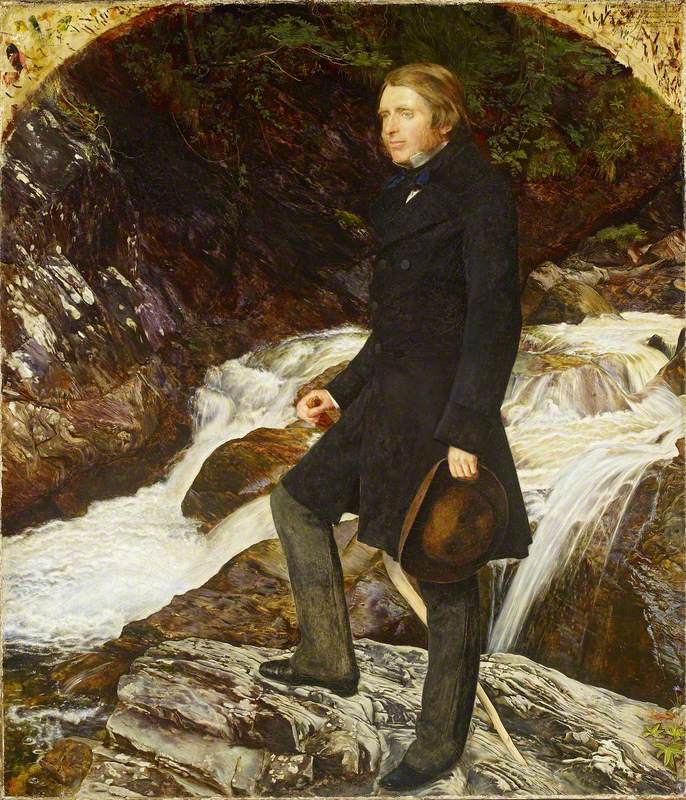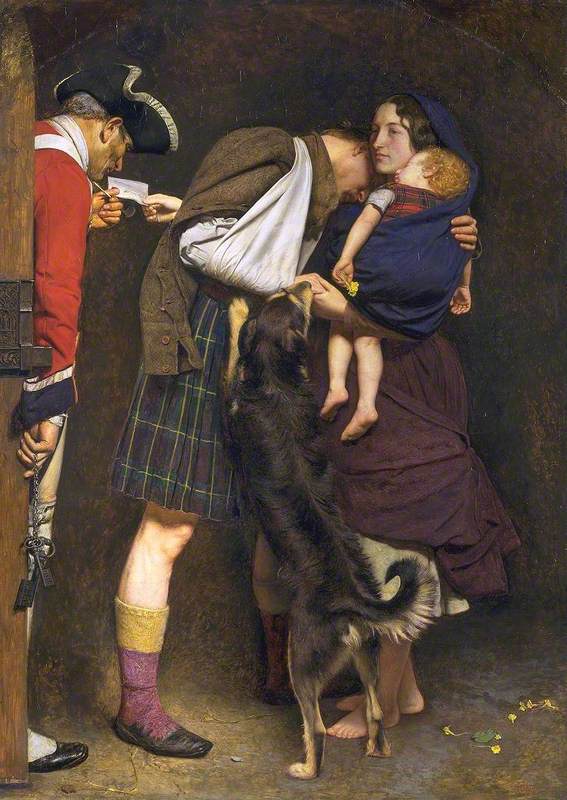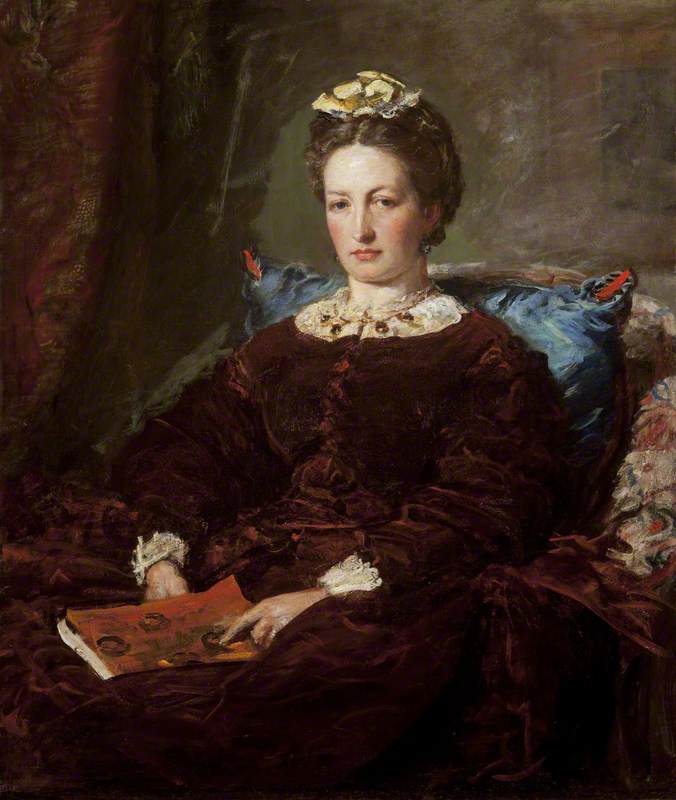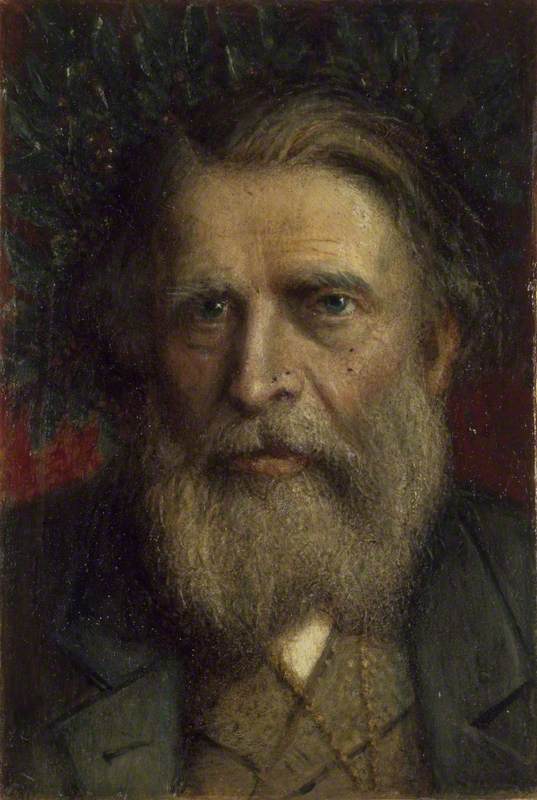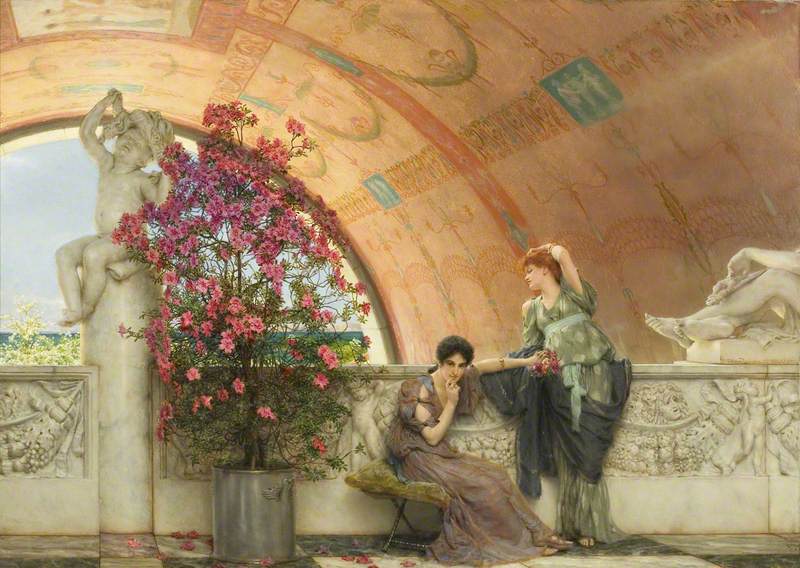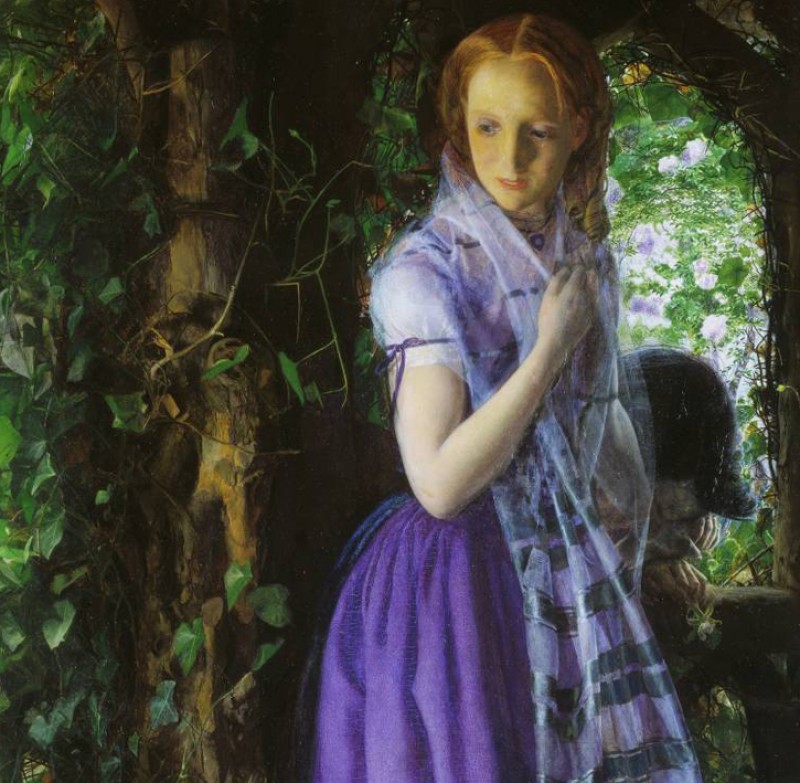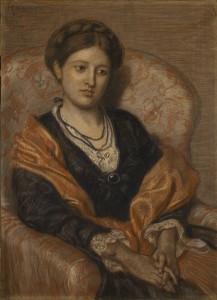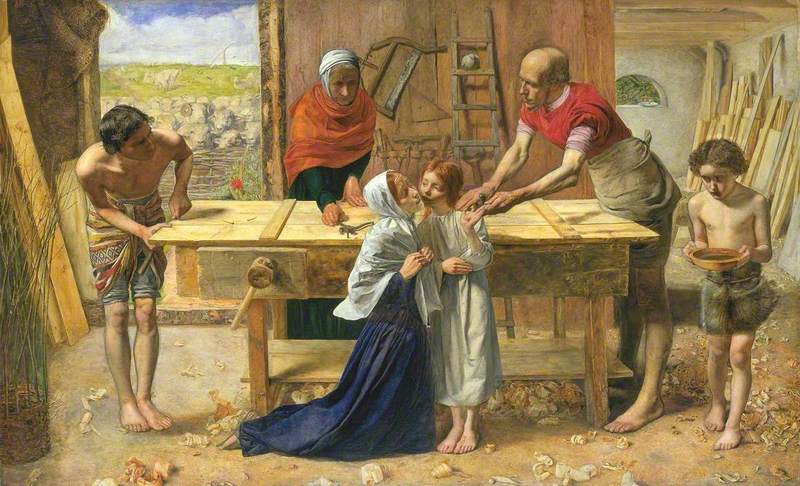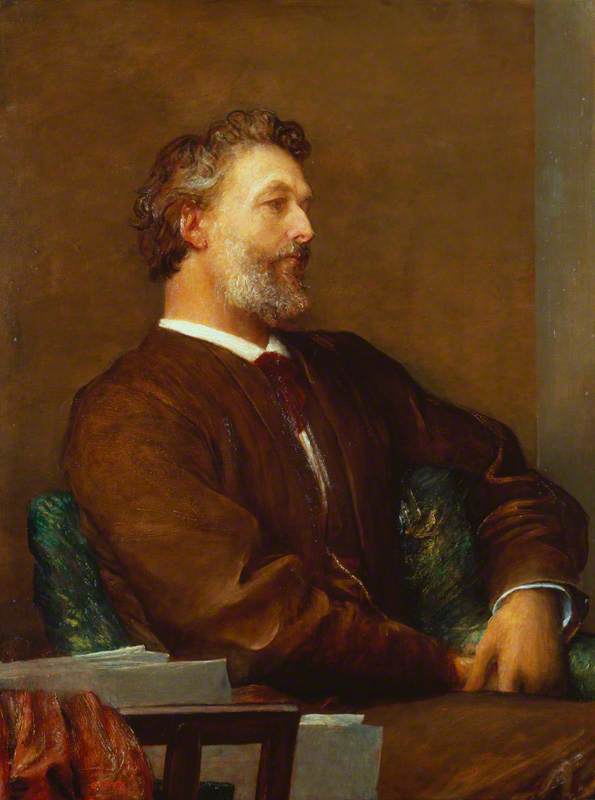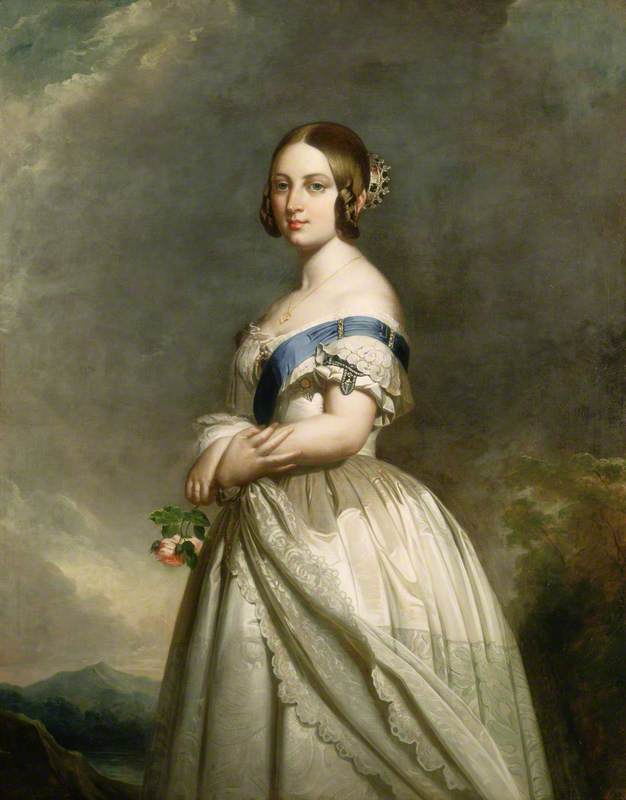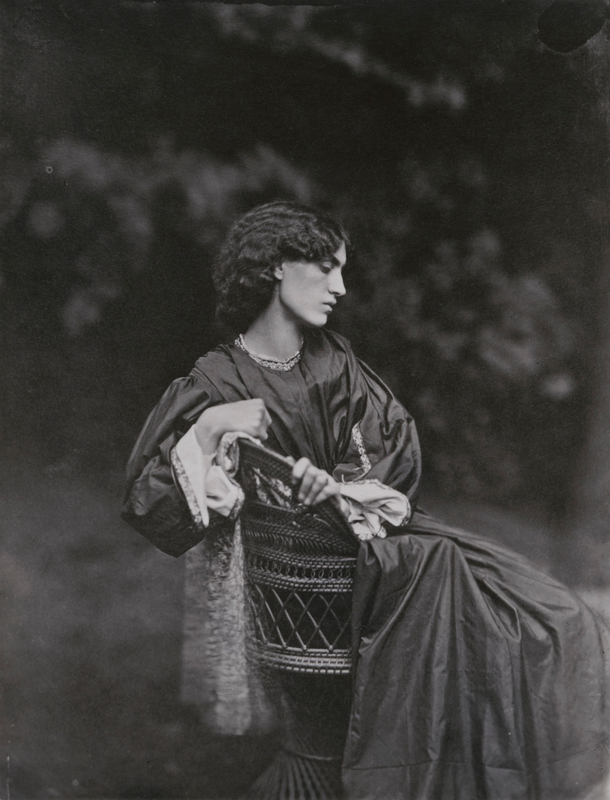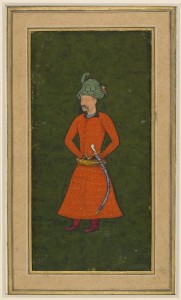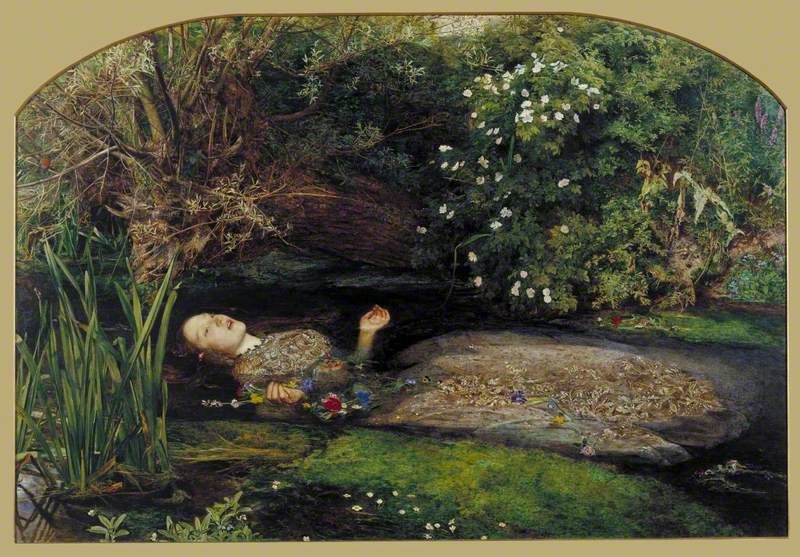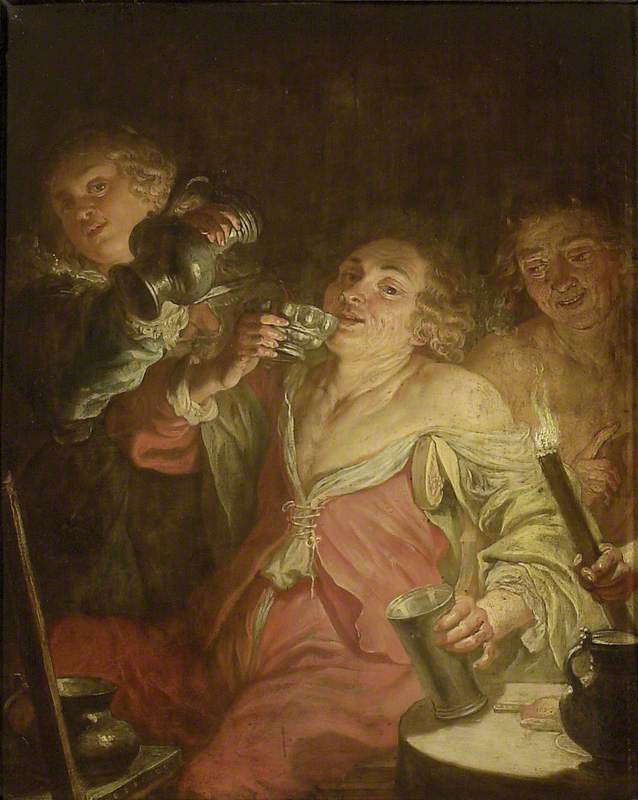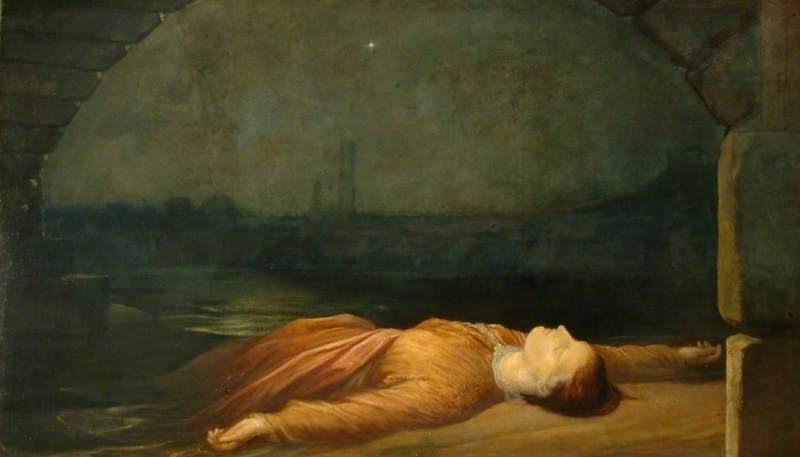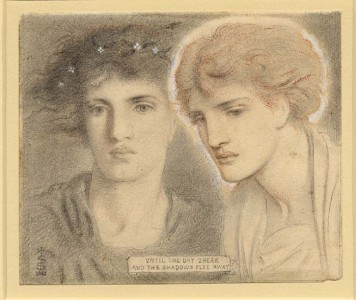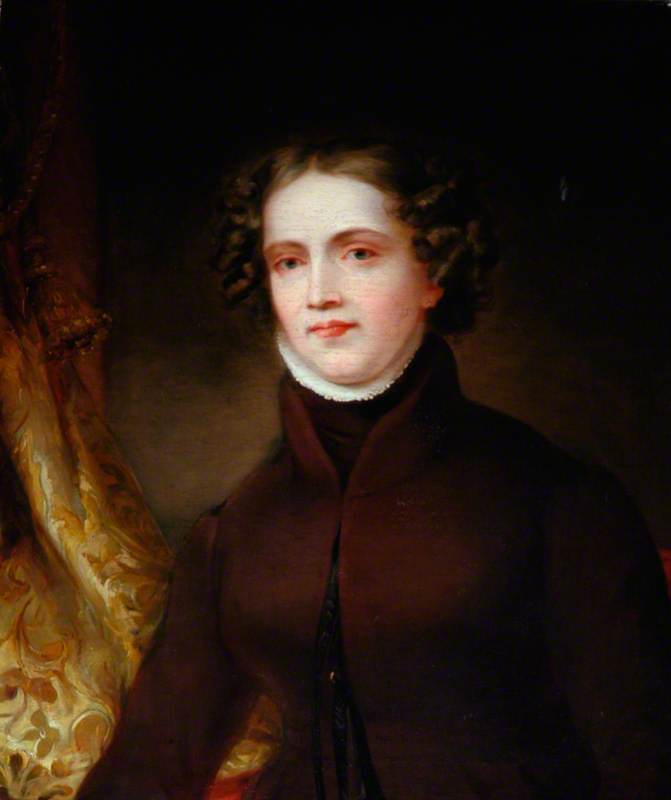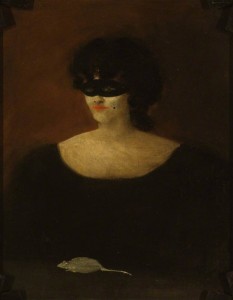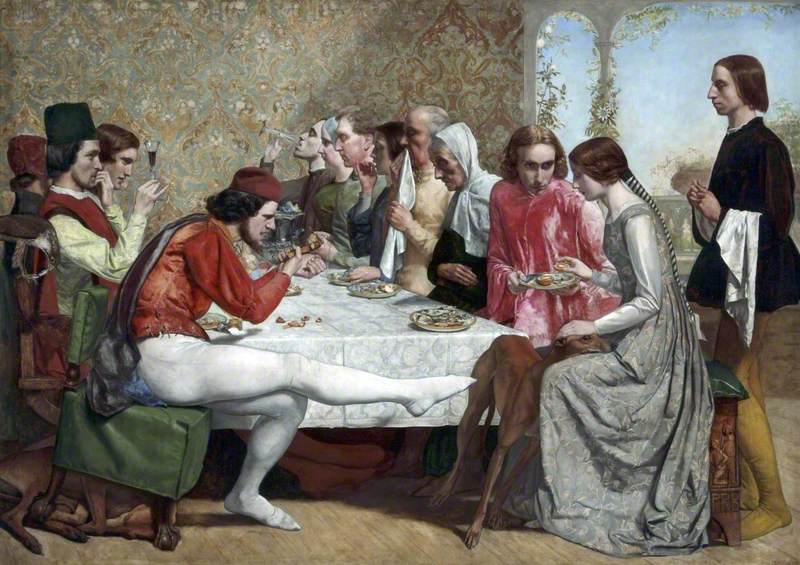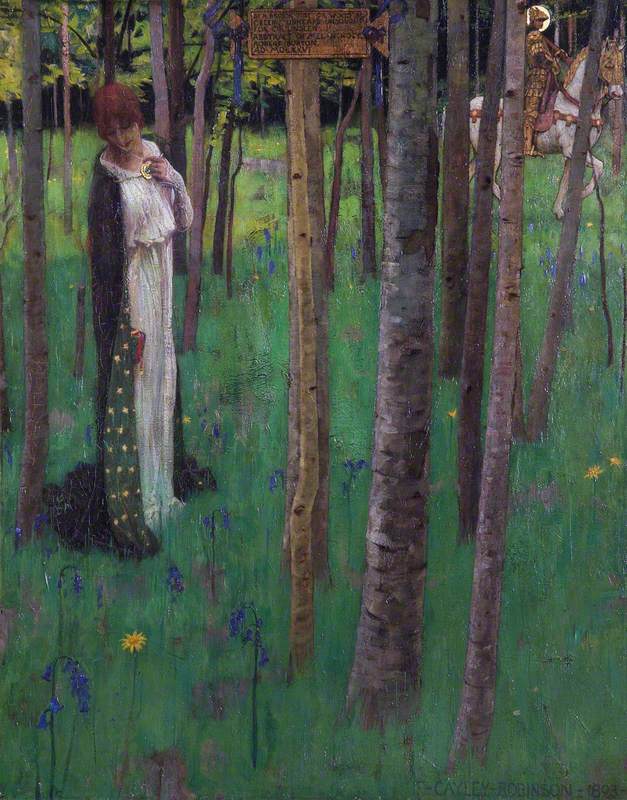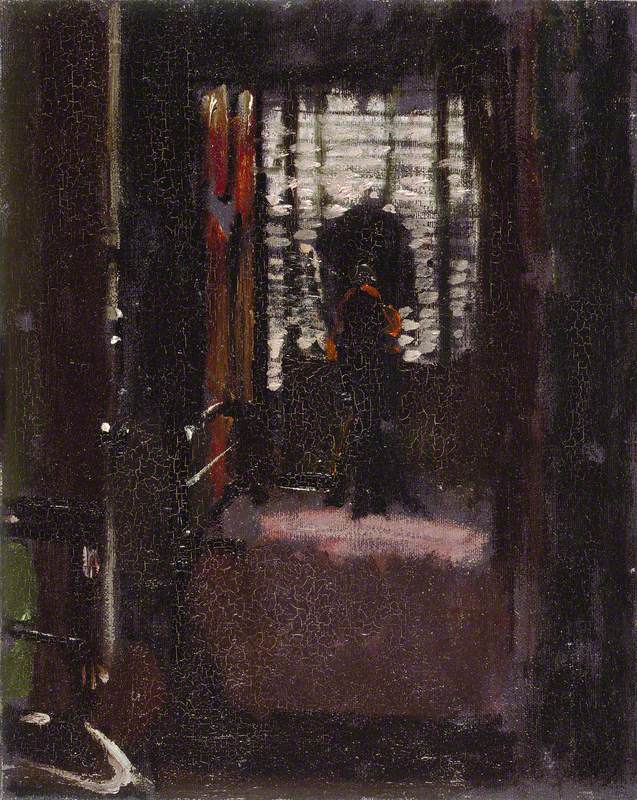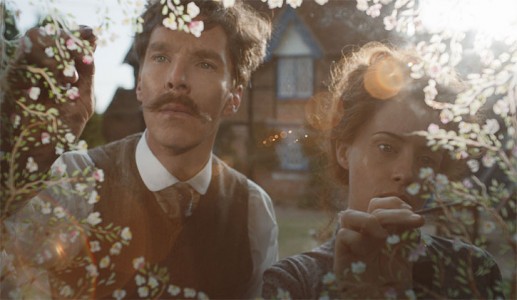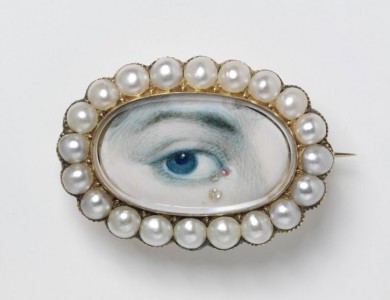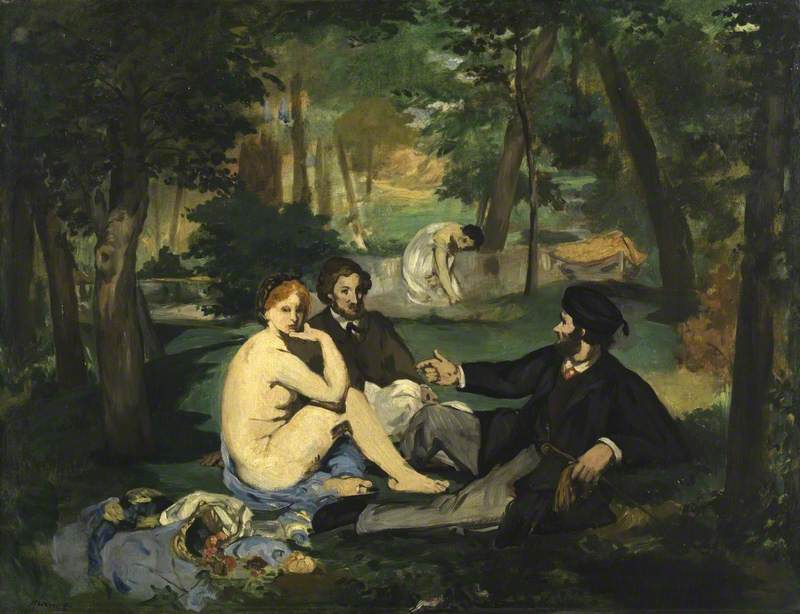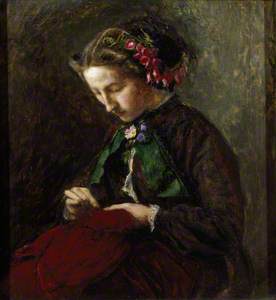When Euphemia Gray left her husband John Ruskin for his young Pre-Raphaelite protégé John Everett Millais, it caused a public scandal in Victorian England. The notoriety of this love triangle can make it hard to see past the rumours to the true personalities of 'Effie', Ruskin and Millais. But what were they really like?
'He alleged various reasons, hatred to children, religious motives, a desire to preserve my beauty, and, finally this last year he told me his true reason... that he had imagined women were quite different to what he saw I was, and that the reason he did not make me his wife was because he was disgusted with my person the first evening.'
These are the words of Euphemia Gray, affectionately known as Effie, on why her marriage to John Ruskin was never consummated.
Euphemia ('Effie') Chalmers, née Gray, Lady Millais
1851
Thomas Richmond II (1802–1874) 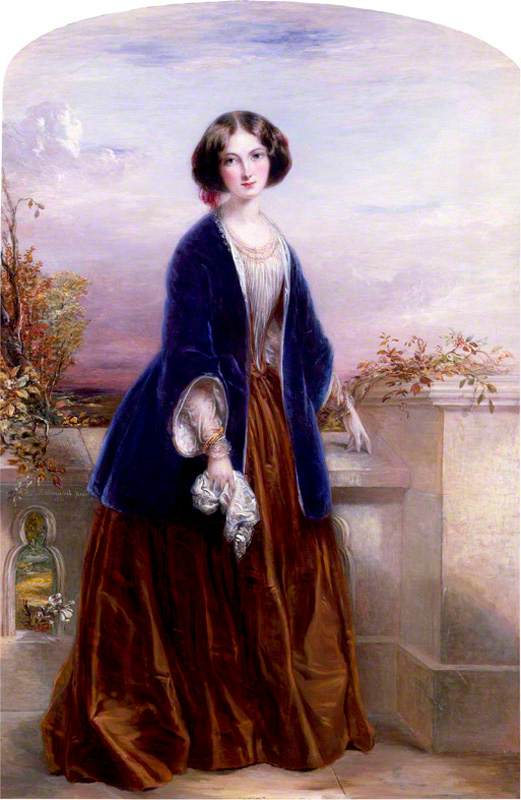
Ruskin himself later made a comment in a similar vein: 'It may be thought strange that I could abstain from a woman who to most people was so attractive. But though her face was beautiful, her person was not formed to excite passion. On the contrary, there were certain circumstances in her person which completely checked it.'
Ruskin's recorded revulsion at the sight of his wife's naked body on her wedding night has led to many speculative rumours about what exactly constituted the 'certain circumstances' that made her unattractive to him. The most pervasive story is that Ruskin, having only ever seen the smooth-bodied nude women of classical art, was disgusted at the discovery that Effie had pubic hair. However, there is no firm evidence to confirm this.
Ruskin's role in the situation which led Effie to seek an annulment of their marriage has often been misrepresented. Ruskin married Effie for love, having watched her blossom from a child into a young woman. It soon became apparent, however, that Effie had married him for his money, strongly encouraged into the match by her father, who was on the verge of bankruptcy. This seems to have been a great disappointment to Ruskin: he wrote, 'I married like a fool, because a girl's face pleased me. She married me for my money, breaking her faith to a poor lover.'
It has even been suggested that Ruskin attempted to engineer Effie's falling in love with Millais, deliberately leaving them alone together for long periods when the three of them visited rural Scotland. Ruskin also encouraged Millais to use Effie as a model for the rather ironically titled The Order for Release, where she is depicted as a loyal wife handing over the release papers for her imprisoned husband.
Spurred on by Millais' attention, Effie eventually felt bold enough to seek an annulment to her marriage, on the grounds of non-consummation due to impotency. Ruskin was willing to take on this charge, embarrassing though it might have been; as a man, he didn't have to undergo a physical examination. Effie, on the other hand, was forced to undergo investigations by two doctors, who confirmed that her virginity was still intact.
There was inevitably a public scandal when it became widely known that Ruskin's wife was leaving him for his talented protégé. Many people voiced the opinion that Effie should have put up with her unhappy marriage, as so many women had to in the Victorian era, rather than making the intimate details of their relationship known to the world. As a symbol of her disapproval, Queen Victoria refused to ever receive Effie at court, even after Millais was created baronet.
With all the rumours and apocryphal tales, it's hard to get a clear picture of what Effie was like. She is often made out as quiet, ladylike, and downtrodden by her relationship with Ruskin. This is certainly the image we get from Millais' 1853 portrait of her, painted whilst she was still married to her first husband. She sits with flowers in her hair, with her eyes cast down and her head bowed over her sewing. She is presented as an ideal of conservative Victorian womanhood: subtly beautiful, engaged in a traditionally female domestic activity, and looking away to enable the dominant male gaze of the imagined viewer.
From reading her correspondence, however, it seems that the real Effie was a far cry from the shy, retiring woman depicted by Millais. Her letters are vivacious and even hint at a decidedly un-Victorian mindset at times. When it was first suggested that Ruskin might have a romantic interest in her, she replied 'that John and I should love each other – wasn't it good, I could not help laughing.' When she first met Millais, she was similarly enough at ease to write that 'Millais is so extremely handsome, besides his talents, that you may fancy how he is run after.' These comments suggest a woman possessed of considerable worldliness and self-awareness.
Effie's flirtatious nature was held in check by her life with Ruskin and his parents (in whose house the couple lived), until a visit to Venice. Ruskin was working on his book The Stones of Venice, and Effie was allowed to wander the city, where she reportedly picked up many admirers amongst the soldiers stationed there. She even wrote in a letter that 'Venice is so tempting just now at night that it is hardly possible not to be imprudent.'
Things got a little out of hand, however, when two soldiers duelled over her, and one was killed. Later, in London, Ruskin was stopped by another soldier who also challenged him to a duel. Ruskin, of course, refused. Even he was aware of this flirtatious side to Effie in the early days of their courtship. He wrote to her: 'You saucy – wicked – witching – malicious – merciless mischief-loving – torturing – martyrising... mountain nymph that you are.' This language seems a world away from the stiff-collared Ruskin usually represented in paintings and drawings.
It seems that although Effie and Ruskin were ill-suited, Effie did find happiness in her subsequent marriage to Millais. Non-consummation was certainly not a problem this time: Effie gave birth to eight children in the early years of their relationship. One of their sons later recalled the success of their union in a letter: 'here let me say at once how much of my father's happiness in after years was due to [their marriage]. During the forty-one years of their married life my mother took the keenest interest in his work, and did all in her power to contribute to his success.'
Another portrait of Effie by Millais, painted 20 years after the first, perhaps shows a more realistic vision of the Effie he must have known. Here, rather than hunching over her sewing, she leans back in her chair in a pose that is relaxed but alert, making eye contact with the artist and the viewer. Her gaze has a confidence to it, and she is casually holding a book or journal, as if pointing out her own intelligence. This is a woman who aided her husband's commercial and social success, ran a thriving household, brought up eight children, and is confident in her own capabilities.
We will never really know the exact circumstances of Ruskin and Effie's doomed marriage, nor will we ever be able to get a true picture of what Ruskin, Effie or Millais were really like. Nevertheless, their complex relationships give them an intriguing air of mystery. Theirs were secret lives which came under the scrutiny of a public Victorian scandal, and the myths, stories and images which surround them continue to make them objects of fascination for historians and art-lovers today.
Anna Souter, freelance art writer, editor and critic based in London
